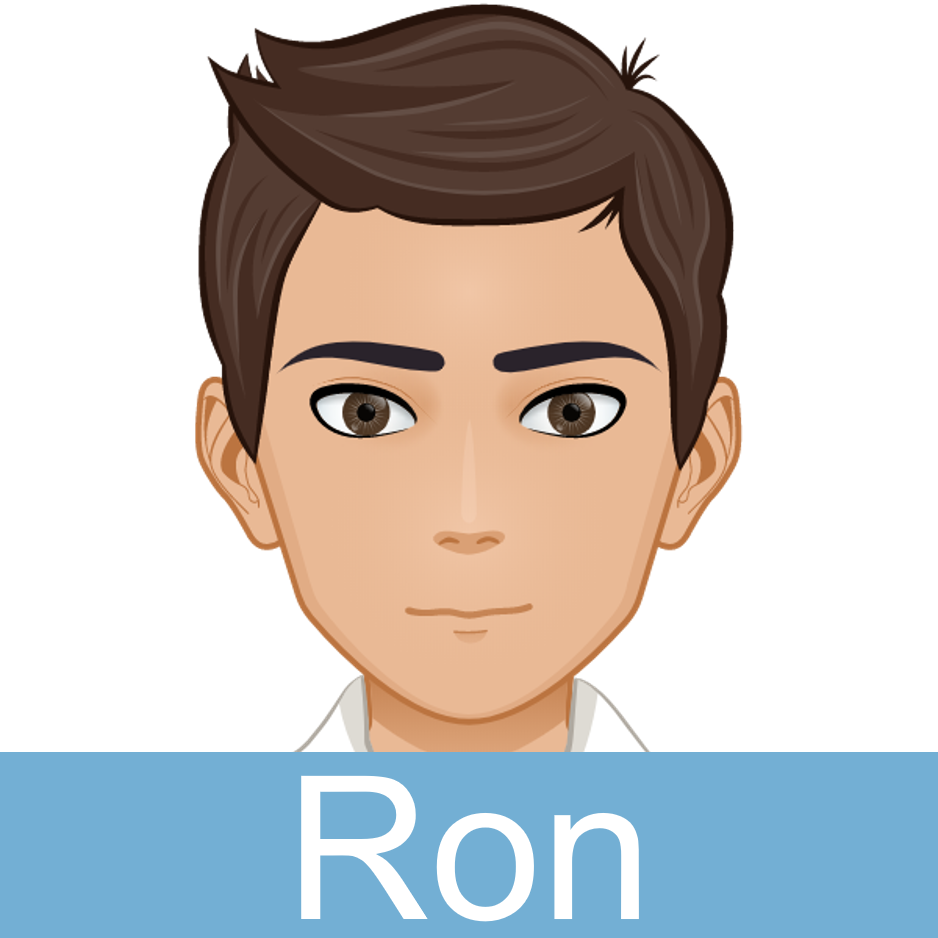PART A_1
Let’s learn vocabulary. Listen and repeat the words and the sentences with your tutor.
PART A_2
| 1. exceptional | /ik-SEP-shuh-nl/ |
| -forming an exception or rare instance; unusual; extraordinary | |
| The utility staff was rewarded for his exceptional service. | |
| 2. aim | /eym/ |
| -to intend or direct for a particular effect or purpose | |
| This program aims at combating human trafficking. | |
| 3. alongside | /uh-LAWNG-sahyd/ |
| -along, by, at, or to the side of something | |
| He arrived at the event alongside his wife. | |
| 4. subsequently | /SUHB-si-kwuhnt-lee/ |
| -later in time; afterward | |
| The new manager met with new clients and subsequently left on a business trip. | |
| 5. humanity | /hyoo-MAN-i-tee/ |
| -all human beings collectively; the human race; humankind | |
| In films, American superheroes are always the ones to save humanity. |
PART B_1
Let’s read the article. Please read it aloud, and I will check your pronunciation and intonation.
PART B_2
Wines travel back to Earth
Research materials, equipment, and 12 bottles of French wine landed off the coast of Florida by means of SpaceX’s Dragon spacecraft. This exceptional wine, along with some grapevines, had orbited Earth for a year as part of a study.
This research aims at Agricultural science, but the experts share that tasting the said wine is something that they are also looking forward to. The out-of-this-world wine tasting will take place in Bordeaux, France, alongside a number of wine experts.
The researchers add that a series of chemical testing will be conducted subsequently. The sedimentation and bubbles of the said wine will be observed. The ultimate goal of the research is to have a good understanding of a futuristic agriculture that is organic, healthy, and capable of feeding humanity. They believe space will give them the answers.
As of this writing, the only spacecraft that is able to return items successfully to Earth is SpaceX’s Dragon. Other spacecraft end up in flames on their way back to Earth.
This research aims at Agricultural science, but the experts share that tasting the said wine is something that they are also looking forward to. The out-of-this-world wine tasting will take place in Bordeaux, France, alongside a number of wine experts.
The researchers add that a series of chemical testing will be conducted subsequently. The sedimentation and bubbles of the said wine will be observed. The ultimate goal of the research is to have a good understanding of a futuristic agriculture that is organic, healthy, and capable of feeding humanity. They believe space will give them the answers.
As of this writing, the only spacecraft that is able to return items successfully to Earth is SpaceX’s Dragon. Other spacecraft end up in flames on their way back to Earth.
PART C_1
Let’s answer comprehension questions. Please answer them based on the article.
PART C_2
| 1. | Which spacecraft transported the wines back to Earth? |
| 2. | Where will the wine tasting take place? |
| 3. | What happens to other spacecraft on their way to Earth? |
PART D_1
Let’s discuss the article. Please answer the questions below and express your opinions.
PART D_2
| 1. | What do you make of this space experiment? |
| 2. | Do you think this study should be a priority? |
| 3. | Would you participate in the said wine tasting if given the chance? |
| 4. | Is wine popular where you live? Why or why not? |
| 5. | What do you know about the process of making wine? Please elaborate. |
REVIEW AND FEEDBACK
Now, let us review the things that you learned in this lesson.
ではこのレッスンで学んだことを振り返りましょう。
(Please give a short feedback on how your student did on your class.)
| Grammar 文法 |
Pronunciation 発音 | Vocabulary 単語 |
Comprehension 理解 |
|
|---|---|---|---|---|
 GOOD GOOD |
文法の誤りはほとんどなく、完全な文章で話すことができる | ほとんどの単語をはっきりと正しく発音することができる | 習った表現を適切に使うことができる | 文章を理解し、質問に正しく答えることができる |
 FAIR |
文法の誤りはあるが、完全な文章で話すことができる | 発音の練習が必要な言葉がいくつかある | たまにミスはあるが、習った表現を適切に使うことができる | 文章を完全に理解するのは難しく、質問に正しく答えられないときもある |
 POOR |
文章で話すのは難しく、単語だけで話すことができる | 発音の練習が必要である | 習った単語と表現を少しだけ使うことができる | 文章を理解するのは難しく、質問に答えるのは難しい |





